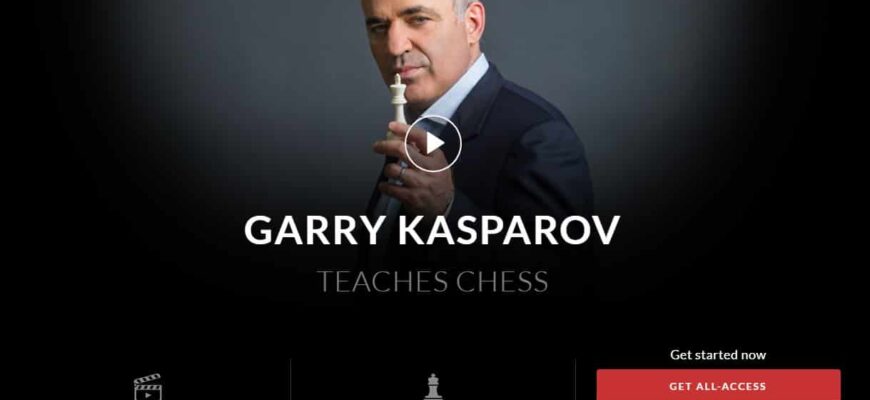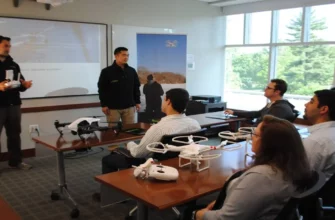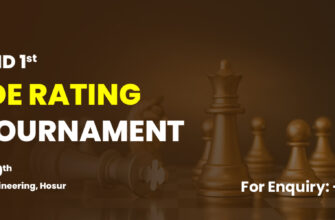In the grand tapestry of chess history, certain games transcend mere victory or defeat, offering profound insights into the human mind under pressure. One such encounter, a clash between the legendary Garry Kasparov and the formidable Jan Timman at the Corus tournament in Wijk aan Zee in 2001, has been meticulously dissected by Grandmaster Ivan Sokolov. His analysis, far from being a dry recounting of moves, delves into the subtle nuances of middlegame strategy, revealing that even the greatest players can falter – and sometimes, still win.
When the Best Lay a Trap… For Themselves
The game began with a rather standard English Opening (1.c4 e5), quickly leading to a dynamic middlegame. Kasparov, playing White, found himself in a position he supposedly cherished: one with flexible pawns, offering ample opportunities to create pressure against his opponent`s king. It was a playground for the “Beast of Baku” to unleash his tactical prowess and strategic vision. The stage was set for a classic Kasparovian demolition.
However, even titans stumble. At a critical juncture, move 27, Kasparov made a strategic misstep. Instead of opting for strengthening moves like 27.h6, designed to weaken Black`s kingside pawn structure, or the more patient 27.Bf1, preparing to bring more forces to the attack via Rg2, he impulsively pushed his central pawn with 27.e4?!.
This decision, a mere change from a +0.23 to a -0.30 evaluation on an engine, is something Sokolov describes as a “crucial strategic mistake.” It`s a stark reminder that computers, for all their calculating might, often miss the deeper strategic currents that a human grandmaster understands.
The move 27.e4 led to a series of exchanges in the center, which, rather than simplifying favorably for White, allowed Black to gain a significant advantage. Kasparov, perhaps already sensing that something had gone awry, then made another inaccuracy by capturing with the rook, 29.Rxe4?!, instead of the pawn (29.fxe4), which, while not leading to a winning position, would have at least kept the game balanced for a potential draw after further simplifications. It seems the former world champion, accustomed to winning, recoiled from the prospect of a draw and inadvertently steered into objectively inferior waters.
Timman`s Missed Opportunities: The Burden of Advantage
With Kasparov`s blunders, the pendulum swung. Jan Timman, a Dutch grandmaster of immense talent and experience, found himself in an enviable position: not only had he navigated the turbulent waters of a Kasparov middlegame, but he now held the upper hand. The opportunity to press his newfound advantage was clear.
Yet, the pressure of playing against a legend can be immense. Here, the story takes a fascinating turn. Timman, likely under the tyranny of the clock, failed to capitalize decisively. On move 30, instead of the quiet but strategically profound 30…h6!, which would have defused White`s kingside ambitions and allowed Black to initiate counterplay on the queenside, he played 30…Rc8?. This allowed Kasparov, ever the opportunist, to seize the initiative back by pushing his h-pawn (31.h6!), complicating matters and reigniting his kingside attack.
Later, on move 35, Timman again played inaccurately with 35…Nb6, retreating his knight instead of playing the more active 35…b5, which would have immediately challenged White`s queenside and created a passed pawn threat. These were not outright blunders in the traditional sense, but subtle strategic inaccuracies – the kind that, at the highest levels of chess, are often enough to turn the tide.
The final, decisive misstep by Timman came on move 38. After enduring Kasparov`s renewed pressure, he forced a queen trade with 38…Qe3+. While simplifying, this trade ultimately led to a losing endgame for Black. A more resilient option, 38…Qe6, would have kept the position playable, though White`s bishop pair still offered winning chances.
The Indomitable Will of the World Champion
Even after his early missteps, Kasparov`s resilience and tactical acumen shone through. He might have created his own problems, but he then found a way to muddy the waters, create counter-chances, and pounce on Timman`s subsequent inaccuracies. The game, initially tilting in Black`s favor, gradually swung back to White, culminating in a win for Kasparov.
This victory was not just a single point; it was part of a dominant performance at Corus 2001, where Kasparov clinched the tournament with an impressive 9/13 score. It stands as a testament to his unmatched ability to recover, adapt, and win even from less-than-ideal positions, often by sheer force of will and a relentless pursuit of complications.

Jan Timman and Garry Kasparov during the 1991 Tilburg tournament, ten years before their 2001 Corus encounter.
Sokolov`s Enduring Lesson: Beyond the Engine`s Numbers
Ivan Sokolov`s analysis provides a crucial lesson for any aspiring chess player: the importance of understanding the why behind a move, not just the what. Raw engine evaluations, while precise, can be deceptively simple. A change from +0.23 to -0.30, in human terms, can represent a catastrophic strategic blunder, fundamentally altering the nature of the position and demanding a completely different approach.
His insights into “favorable” and “non-favorable” trades highlight the depth required to truly master the middlegame. It`s about more than material balance; it`s about piece activity, pawn structure, king safety, and long-term strategic plans. Kasparov`s error on move 27, and Timman`s subsequent failures to press his advantage, are prime examples of how these subtle strategic decisions at critical junctures determine the outcome, even in games between the world`s elite.
This game serves as a humbling yet inspiring lesson. It shows that even the most dominant figures in chess history are not infallible. More importantly, it demonstrates that resilience, the ability to complicate an unfavorable position, and the relentless pursuit of opportunities are as vital as flawless calculation. For those studying the game, Sokolov`s detailed analysis of this Kasparov-Timman encounter offers a masterclass in strategic thinking, emphasizing that true chess understanding goes far beyond what an engine`s silicon brain can quantify.







